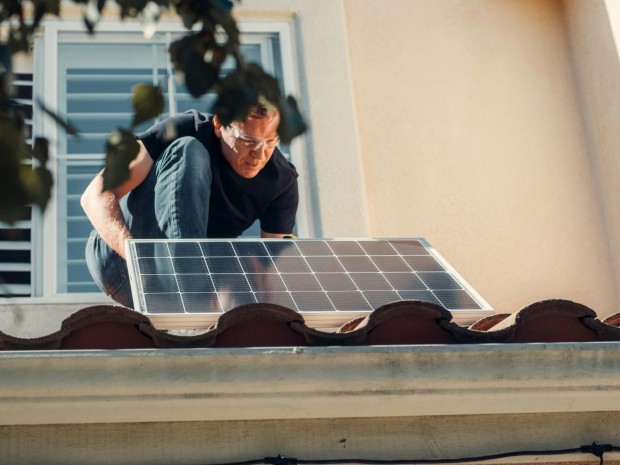Building codes were developed by an international organization that mandates that newly constructed homes be more ecologically friendly. However, this climate provision has been altered due to sector complaints.

(Photo : Pexels/Kindel Media )
Revised Climate Provisions in Building Codes
The International Code Council (ICC), headquartered in Washington, D.C., and known for issuing various construction codes affecting millions nationwide, recently announced its board's decision to reject climate-related provisions. This decision came after industry experts raised concerns about potential cost increases associated with these provisions. As mentioned, it responded to accusations that the initial draft of the 2024 International Energy Conservation Code (IECC) unnecessarily prioritized climate activities at the expense of energy conservation by updating the proposed code.
Although the organization stated in its release that the 2024 IECC will still achieve energy efficiency increases of 7% in residential structures and 10% for commercial development, it also said that jurisdictions would choose to implement more aggressive green measures.
As one of the aspects that were rejected, the draft of the IECC, which had been in the process of being developed for years, would have mandated that new townhouses, one-and two-family homes, and townhouses would be obliged to have the electrical infrastructure for home electric car chargers within their premises. Moreover, it would have dictated that all new homes be outfitted with the electrical cabling required for a solar panel system and appliances powered solely by electricity during construction.
After being rejected through the standard procedure, the American Gas Association (AGA) asserts that these measures and other provisions were significantly included in the IECC as part of an overall package in September 2022. In addition, the Air Conditioning, Heating, and Refrigeration Institute (AHRI), a trade association representing appliance manufacturers, filed an appeal against the draft of the IECC and issued a warning that the suggested standards would result in legal challenges.
On the other hand, the elimination of electrification-friendly requirements from the new code, according to the ICC board of directors, was predicated on the rule prohibiting the incorporation of measures that primarily target greenhouse gas reduction rather than directly impacting building energy conservation.
However, Mike Waite, director of codes at the nonprofit group American Council for an Energy-Efficient Economy and a member of the consensus committee that developed this latest code cycle, noted that electrification decreases carbon and air pollution emissions and conserves energy in comparison to gas furnaces, boilers, and stoves because electric heat exchangers and induction cooktops operate more efficiently.
Also Read: Pioneering Success: Journey of Inspiring Women Revolutionizing Construction Industry
Climate Benefits on Electrifying Structures
A new analysis reveals that within the next three decades, California's single-family homes' greenhouse gas emissions could be reduced by as much as 90%, and buyers could save money by substituting clean electricity for natural gas (methane), specifically for heating and hot water production. A quarter of the state's total greenhouse gases are caused by gas combustion in buildings, and the study demonstrates that electrification is a critical and cost-effective strategy for decreasing climate and harmful air pollution from these sources.
Thus, in the initial year following complete electrification, single-family residences would exhibit a reduction in greenhouse gas emissions ranging from 30 to 60 percent, in comparison to those powered by gas. Accordingly, by the year 2050, the savings will have increased to approximately 80-90 percent as the carbon intensity of the grid continues to drop as time passes.
Related Article: 2D Material Boosts Concrete Strength by 30%, Expert Reveals







